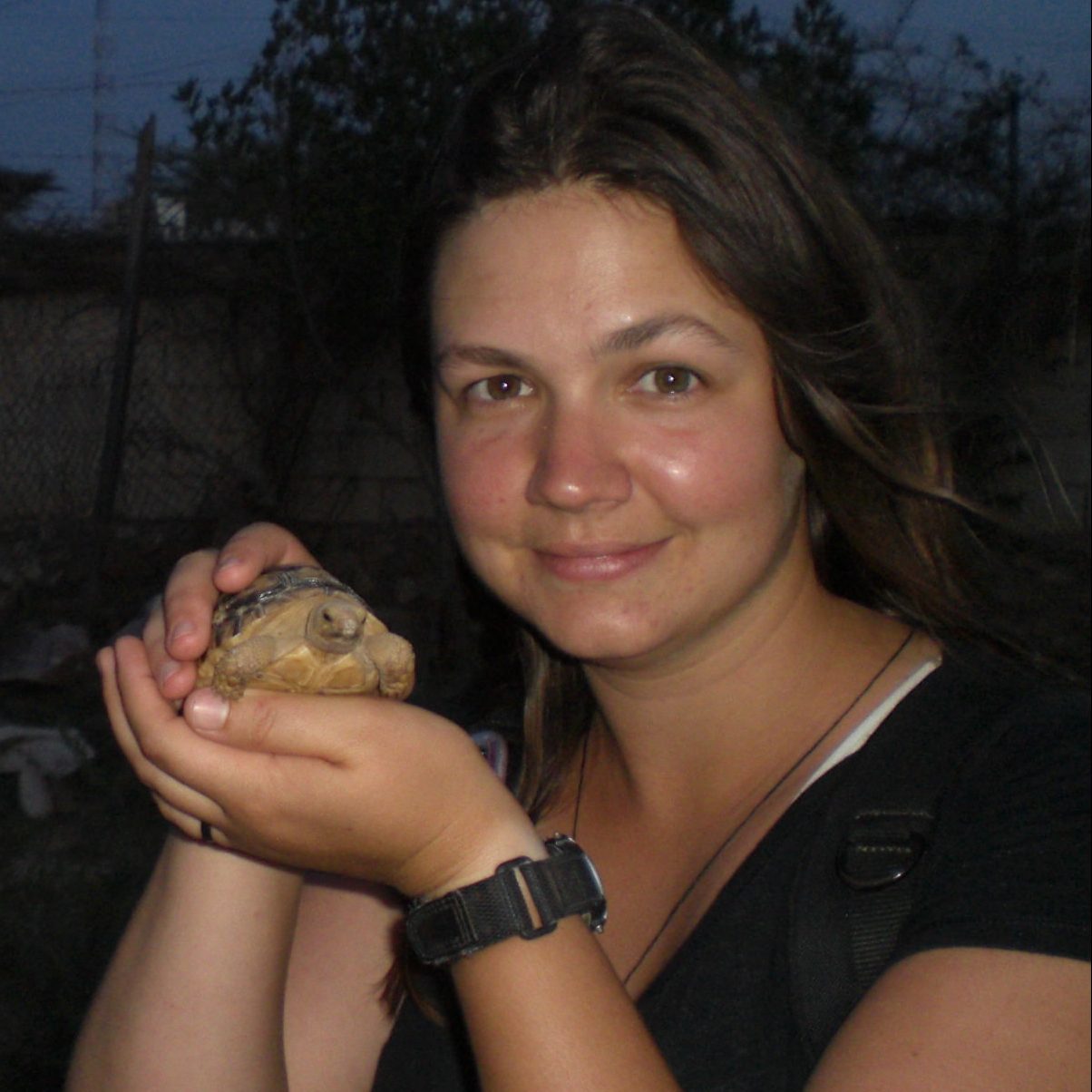
Ph.D., University of North Carolina at Greensboro
I am interested in honey bee chemical communication, particularly as it related to the social immune mechanism hygienic behavior. Hygienic behavior is the ability of adult honey bees to detect and remove unhealthy brood from the hive, improving the overall health of the colony. My doctoral dissertation was an investigation of the relationships between common stressors, brood-signaling, hygienic behavior, and selective breeding in the honey bee. As a post-doctoral fellow, I have continued this work and am currently using natural honey bee stress signals to develop an assay for the improved selection of hygienic behavior.
Read Bee Business on the UNCG Research Magazine
2022 EREZ T., BONDA E., CAHANOV P., RUEPPELL O., WAGONER K.M., CHEJANOVSKY N., SOROKER V. Multiple benefits of breeding honey bees for hygienic behavior. Journal of Invertebrate Pathology. 193, 107788.
2021 WAGONER K.M., J. MILLAR, J. KELLER, J. BELLO, P. WAIKER, C. SCHAL, M. SPIVAK, O. RUEPPELL. Hygiene-eliciting brood semiochemicals as a tool for assaying honey bee colony resistance to Varroa. Journal of Insect Science. 21(6), 1-13.
2021 BARRS K., M.O. ALI, K. EVERSMAN, K.M. WAGONER, O. RUEPPELL. Time-Accuracy Trade-Off and Task Partitioning of Hygienic Behavior among honey bee (Apis mellifera) workers. Behavioral Ecology and Sociobiology. 75(1), 1-13.
2020 WAGONER K.M. & O. RUEPPELL, International Publication Number: WO 2020/210559 A1:Synergistic Mixture for Inducing Hygienic Behavior in Honey bees, and Related Compositions and Methods. Publication date: Oct. 15, 2020.
2020 WAGONER K.M., J. MILLAR, C. SCHAL, O. RUEPPELL. Cuticular pheromones stimulate hygienic behavior in the honey bee (Apis mellifera). Scientific Reports.10(1), 1-11.
2020 WAGONER K.M. & O. RUEPPELL, U.S. Patent No. 10,524,455 B2: Methods and Compositions for Inducing Hygienic Behavior in Honey bees. Publication date: Jan. 7, 2020.
2019 WAGONER K.M. & O. RUEPPELL, U.S. Patent No. 10,512,251 B2: Methods and Compositions for Inducing Hygienic Behavior in Honey bees. Publication date: Dec. 24, 2019.
2019 WAGONER K.M., M. SPIVAK, A. HEFETZ, T. REAMS, O. RUEPPELL. Stock-specific chemical brood signals are induced by Varroa and Deformed Wing Virus and elicit hygienic response in the honey bee. Scientific Reports. 9(1), 1-14.
2019 FOUKS, B. & WAGONER K.M. Pollinator parasites and the evolution of floral traits. Ecology and Evolution. 9(11), 6722-6737.
2018 WAGONER K.M., M. SPIVAK, O. RUEPPELL. Brood affects hygienic behavior in the honey bee (Hymenoptera: Apidae). Journal of Economic Entomology. 111(6), 2520-2530.
2017 WAGONER K.M., O. RUEPPELL. Effects of steel foundation wire on elemental content and hygienic removal of honey bee (Apis mellifera) brood. Journal of Apicultural Research, 56: 270-277.
2014 WAGONER K.M., T. LEHMANN, D.L. HUESTIS, B.M. EHRMANN, N.B. CECH, G. WASSERBERG. Identification of morphological and chemical markers of dry- and wet-season conditions in female Anopheles gambiae mosquitoes. Parasites & Vectors, 7(1): 294.
2013 WAGONER K.M., H.F. BONCRISTIANI, O. RUEPPELL. Multifaceted responses to two major parasites in the honey bee (Apis mellifera). BMC Ecology, 13(1):26.